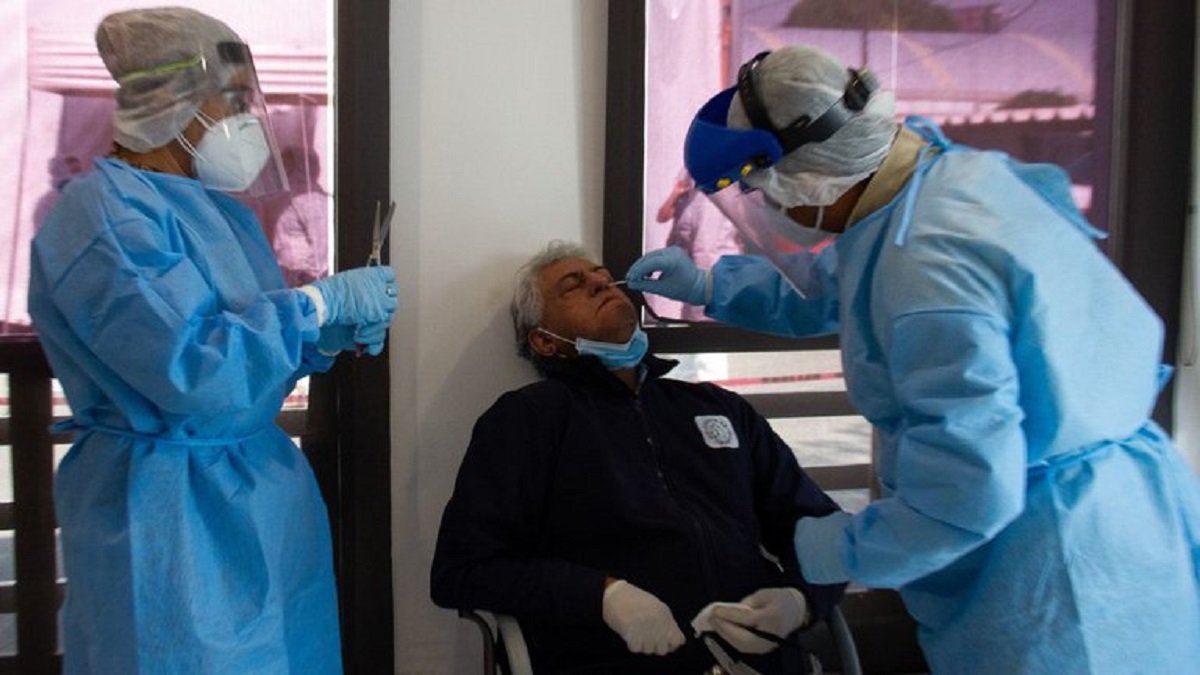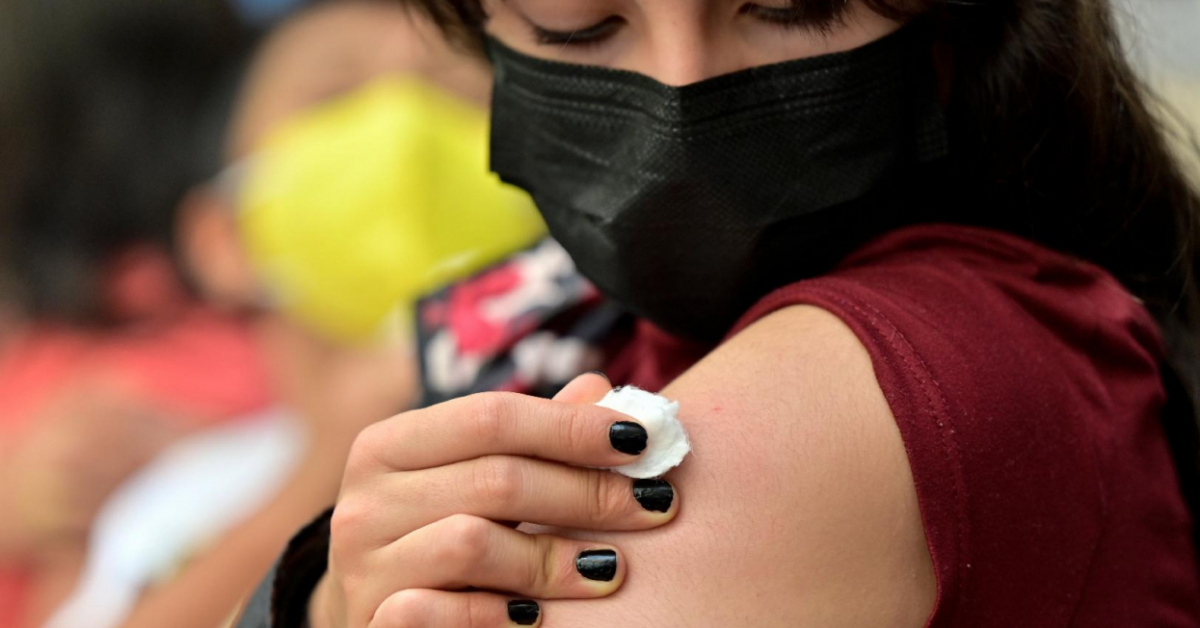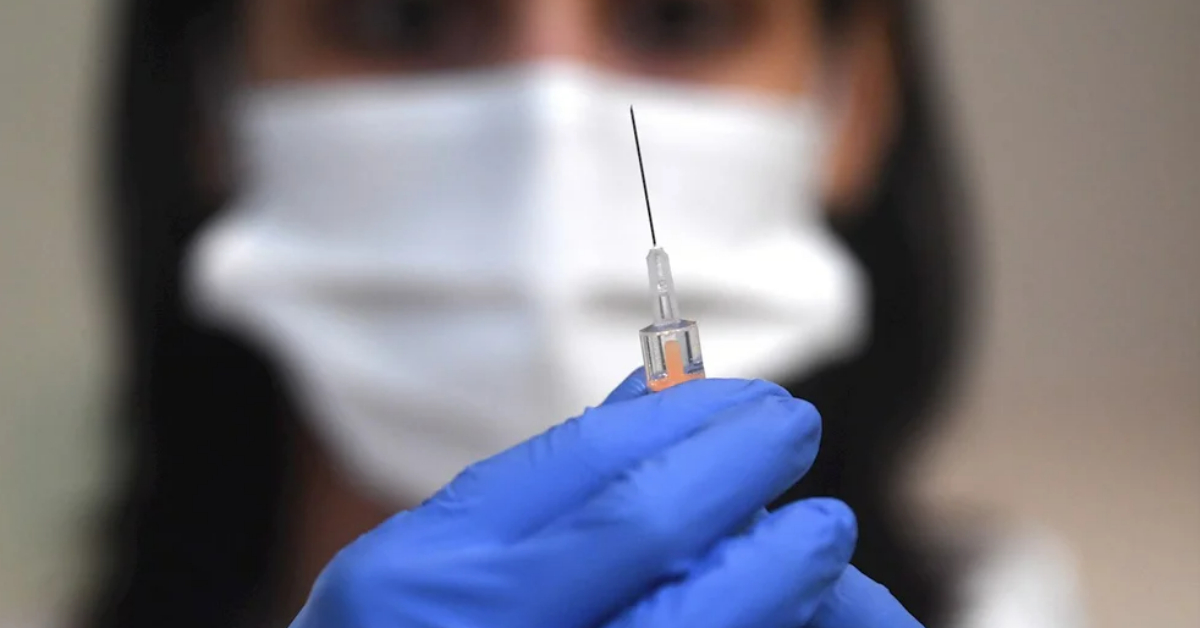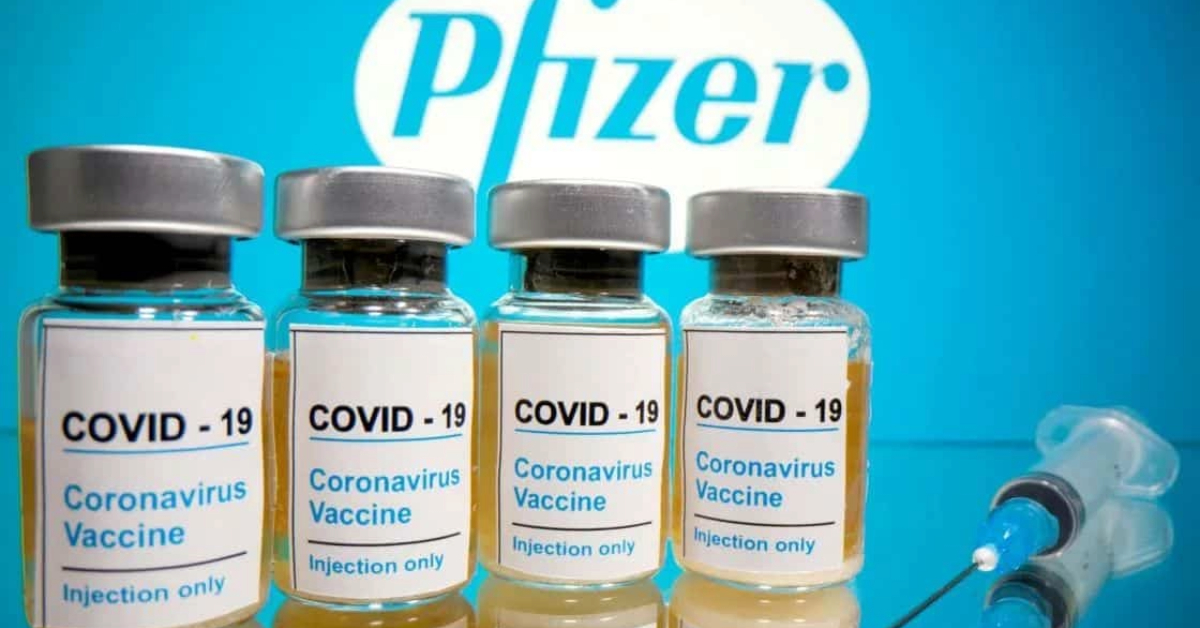As countries around the world try to get their economies back on track, the number of tests for coronavirus that test positive has become the indicator to watch. 5% is the threshold to reopen safely; 10% is disturbing, 20% outrageous.
In Mexico, the rate stands at 50%.
The high numbers are easy to explain, although not so easy to solve. The Latin American country has stubbornly declined to run large-scale tests and instead examines only those who are likely to test positive. At the end of May, the Undersecretary for Prevention and Health Promotion . . .







